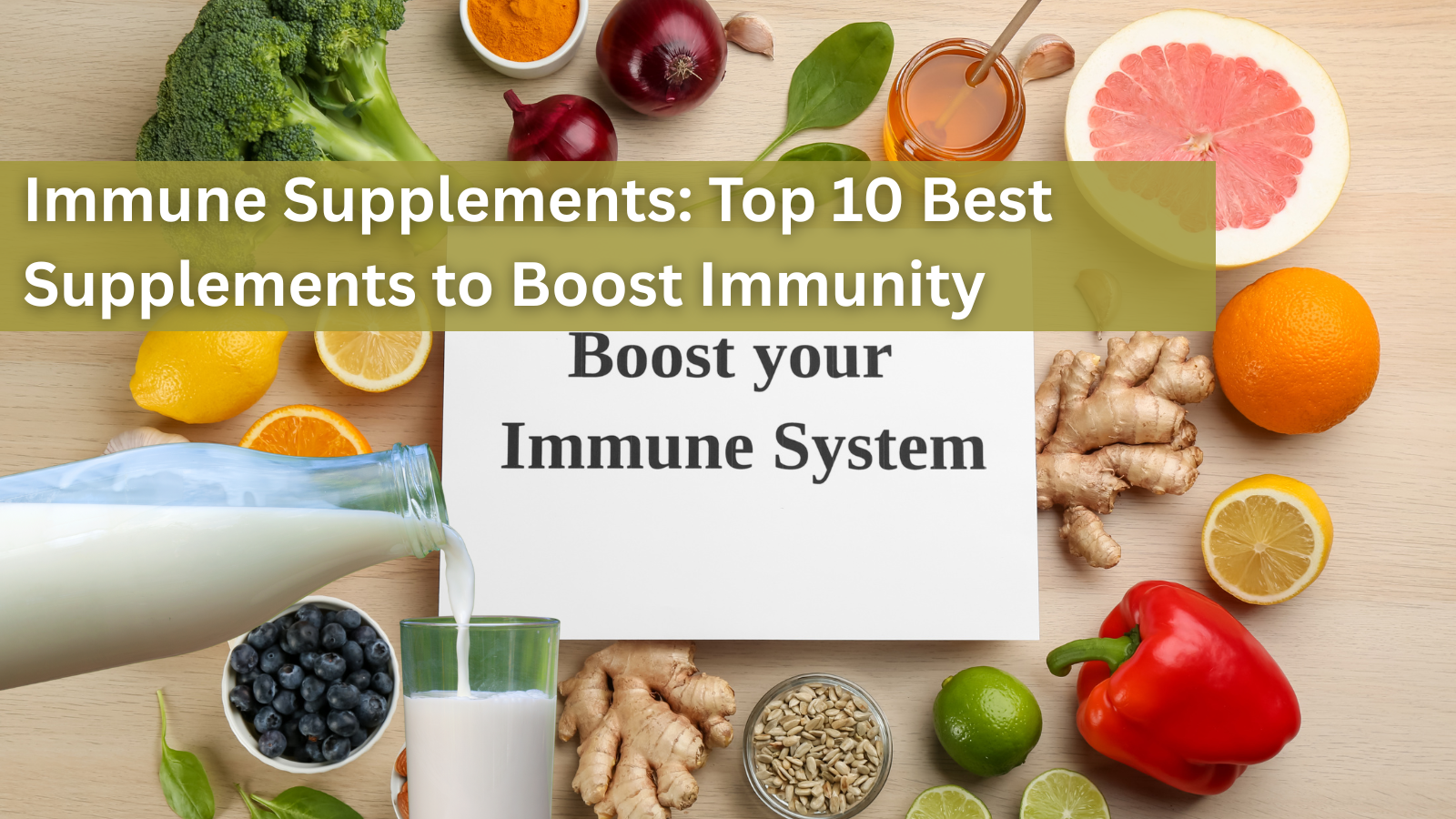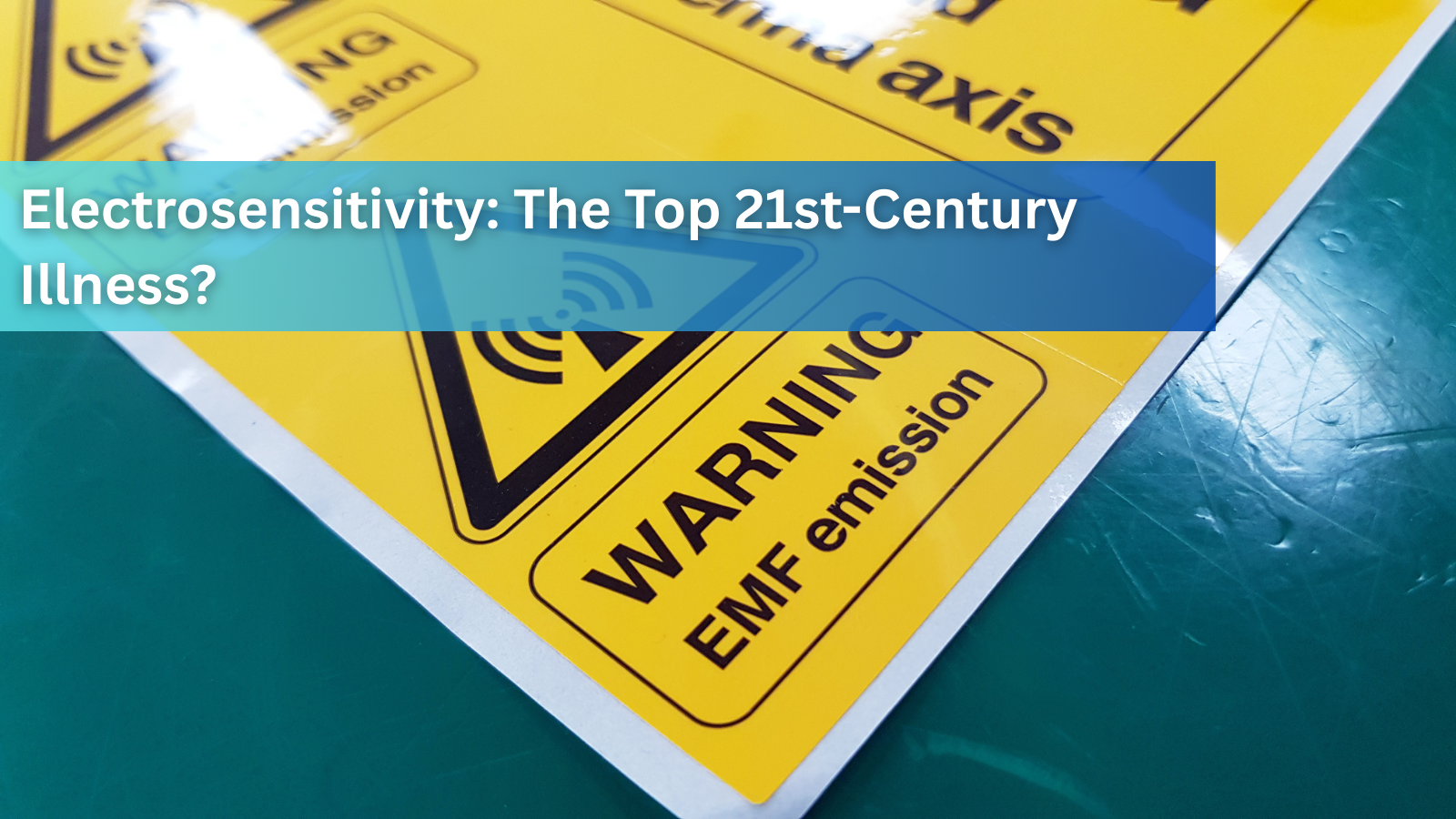Top 20 Health Benefits of Turmeric

The active compound in turmeric, curcumin, has shown remarkable results in various studies, including reducing cancer risks, aiding in weight management, and even slowing the progression of Alzheimer’s disease and multiple sclerosis. Not only has it been highlighted as a natural painkiller and treatment for depression, but turmeric also boosts skin healing and may benefit those with psoriasis and other inflammatory conditions.
Whether you’re new to natural remedies or fine-tuning a holistic health routine, exploring the benefits of turmeric might just change the way you think about your daily wellness habits.
Demonstrated Health Benefits of Turmeric
- When combined with cauliflower, it has shown to prevent prostate cancer and stop the growth of existing prostate cancer.
- Prevented breast cancer from spreading to the lungs in mice.
- May prevent melanoma and cause existing melanoma cells to commit suicide.
- Reduces the risk of childhood leukemia.
- Is a natural liver detoxifier.
- May prevent and slow the progression of Alzheimer's disease by removing amyloyd plaque buildup in the brain.
- May prevent metastases from occurring in many different forms of cancer.
- It is a natural antiseptic and antibacterial agent, useful in disinfecting cuts and burns
- It is a potent natural anti-inflammatory that works as well as many anti-inflammatory drugs but without the side effects.
- Has shown promise in slowing the progression of multiple sclerosis in mice.
- Is a natural painkiller and cox-2 inhibitor.
- May aid in fat metabolism and help in weight management.
- Has long been used in Chinese medicine as a treatment for depression.
- Because of its anti-inflammatory properties, it is a natural treatment for arthritis and rheumatoid arthritis.
- Boosts the effects of chemo drug paclitaxel and reduces its side effects.
- Promising studies are underway on the effects of turmeric on pancreatic cancer.
- Studies are ongoing in the positive effects of turmeric on multiple myeloma.
- Has been shown to stop the growth of new blood vessels in tumors.
- Speeds up wound healing and assists in remodeling of damaged skin.
- May help in the treatment of psoriasis and other inflammatory skin conditions.
Here are some studies showing further improved effects of Turmeric in cancer:




(4).
Turmeric has been celebrated for centuries as more than just a golden spice flavoring your favorite curries. For natural remedy seekers, its reputation as a wellness powerhouse continues to grow. From its role as a natural antiseptic and antibacterial agent to its promising anti-inflammatory and anti-cancer effects, the list of turmeric benefits is both long and impressive. Please comment below if you've had any experiences with turmeric you would like to share.
Sources
-
Debjit Bhowmik, C., Kumar, K. S., Chandira, M., & Jayakar, B. (2009). Turmeric: a herbal and traditional medicine. Arch. Appl. Sci. Res, 1(2), 86-108.
-
Gescher, A. J., Sharma, R. A., & Steward, W. P. (2001). Cancer chemoprevention by dietary constituents: a tale of failure and promise. The lancet oncology, 2(6), 371-379.
-
Livingstone, T. L., Beasy, G., Mills, R. D., Plumb, J., Needs, P. W., Mithen, R., & Traka, M. H. (2019). Plant bioactives and the prevention of prostate cancer: Evidence from human studies. Nutrients, 11(9), 2245.
-
Unlu, A., Nayir, E., Kalenderoglu, M. D., Kirca, O., & Ozdogan, M. (2016). Curcumin (Turmeric) and cancer. J buon, 21(5), 1050-1060.
2 comments

September 27, 2025
Immune Supplements: Top 10 Best Supplements to Boost Immunity
Are you looking for effective ways to enhance your body’s natural defense? Immune supplements have become popular choices to support the immune system booster function, especially in times of increased illness risk. With so many products...
Read more
September 27, 2025
Cell Phone and WiFi Safety: How to Prevent and Treat EMF Damage and Electrosensitivity
Electrohypersensitivity (EHS), often called electrosensitivity, has been a polarizing and increasingly relevant issue over the past decade and a half. Since the number of people identifying with these symptoms continues to grow exponent...
Read more
September 27, 2025
Raw Carrots: Nature’s Antibacterial & Antiseptic Food
For most of us, carrots are simply a crunchy snack or a source of vitamin A. But according to researcher Ray Peat, PhD, raw carrots offer something more unusual: they act as a kind of natural antiseptic inside the gut, helping to contro...
Read more




It seems that this article supports the idea that turmeric can help cancer. A review article entitled, “Curcumin as a Modulator of P-Glycoprotein in Cancer: Challenges and Perspectives” provides study summaries on this topic and how it can inhibit P-gp function.
May compromise immune/detox/blood brain barrier. More important than ever these days with graphene brain interface/neuralink being pushed.
https://pmc.ncbi.nlm.nih.gov/articles/PMC6152721/
Leave a comment